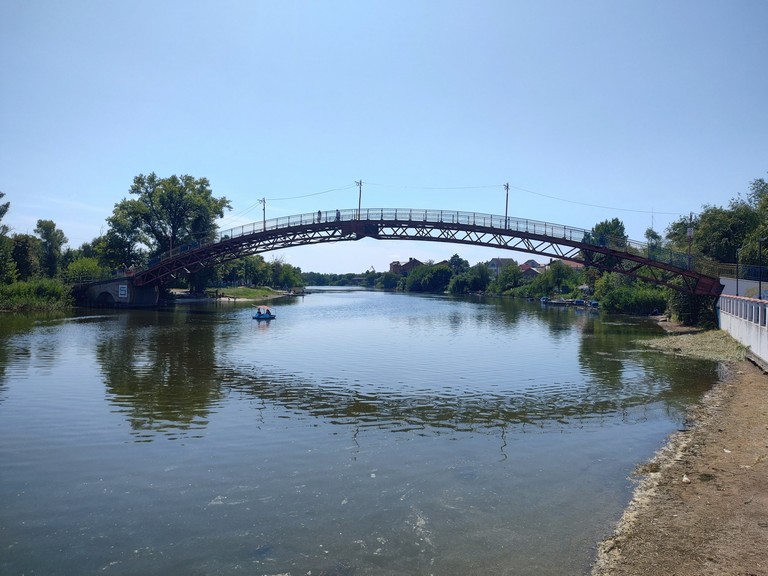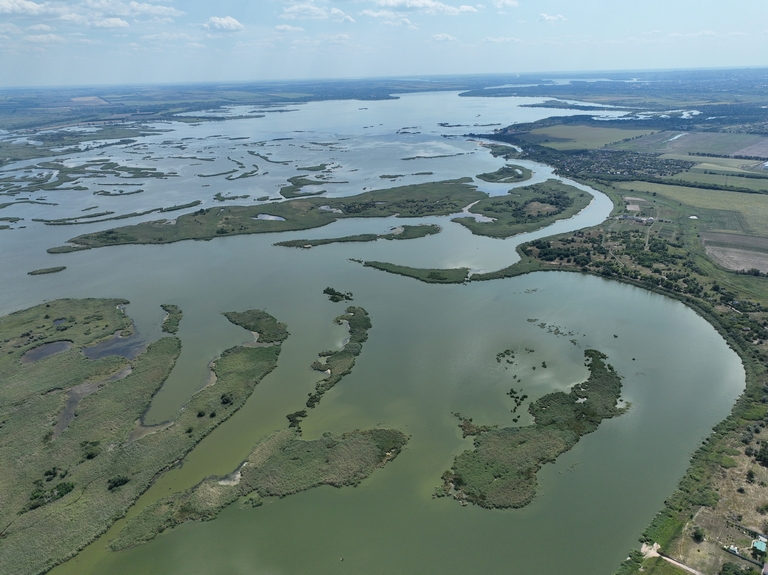The city of Samar has a rich history dating back to the Yamna culture (4th–3rd millennium BCE). Archaeological research indicates the existence of settlements in the Prysamarya region since those ancient times.
During the Cossack era, Samara played an important role. The town of Samara was first mentioned in a charter by Polish King Stephen Báthory in 1576. In 1688, following the First Crimean Campaign, the Russian government built the Bohorodytska Fortress on the site of the old Cossack settlement of Stara Samara.
Holy Trinity Cathedral
One of Samara’s most significant architectural landmarks is the Holy Trinity Cathedral. This wooden church, built without a single nail, is the largest wooden church in Ukraine. The cathedral impresses with its unique architecture and serves as an important spiritual center of the city.
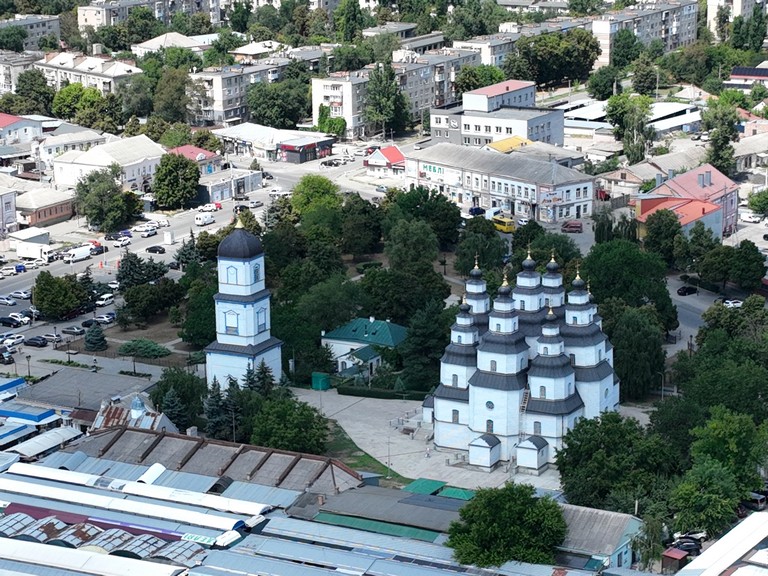
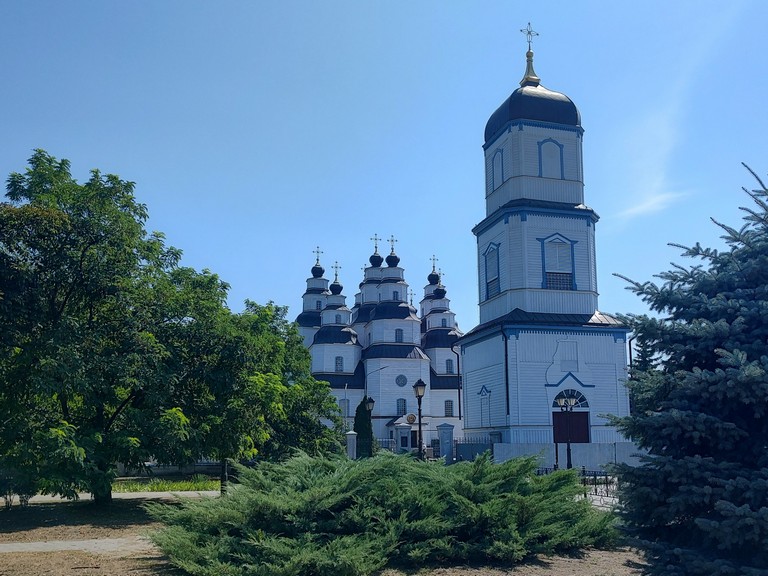
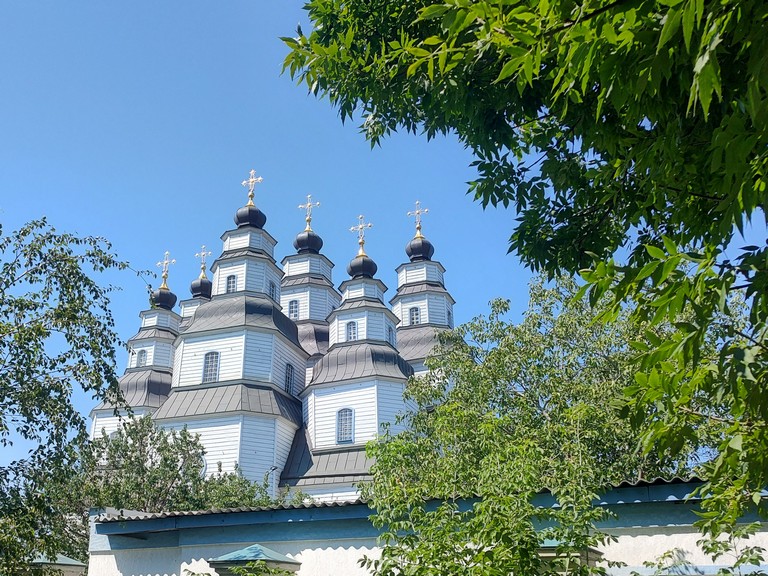
Samara River
The city is located on the Samara River, a left tributary of the Dnipro. The river originates on the western slopes of the Donets Ridge and flows through the Donetsk, Kharkiv, and Dnipropetrovsk regions. Samara is known for its natural wealth, particularly the Samara Forest and wetlands, making it an important ecological zone in the region.
The name “Samara” translates from Turkic as “virgin land, steppe.” Along its banks and in the wetlands, Cossack settlements once thrived. With the construction of the Dnipro Hydroelectric Station (DniproHES), the water level rose, forming the Samara Bay at its mouth.
